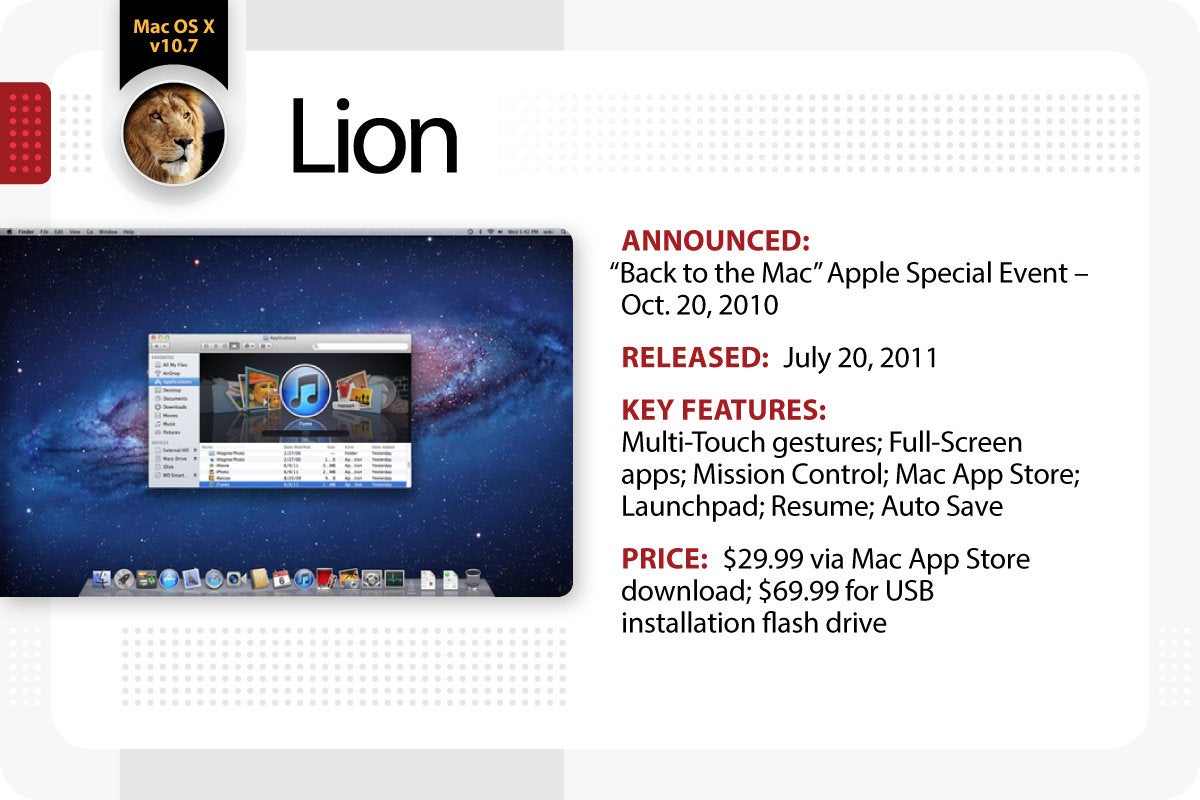The Value Of Life Mac OS
For almost as long as there have been Windows laptops, there has always been a giant squid in the room: Why is Windows’ battery life so damn pitiful? For years I thought it was simply a matter of display and processor technology outstripping battery tech, but when Apple entered the scene with the MacBook Pro and Air, and iPad, it became very clear that Windows itself was to blame. The battery life discrepancy between Windows and other operating systems has never been clearer than with the Surface Pro 2 and the 2013 MacBook Air — both have very similar specs (Haswell Core i5 CPU/GPU, battery size), and yet Apple’s laptop has almost twice the battery life of Microsoft’s tablet.

Explore the world of Mac. Check out MacBook Pro, MacBook Air, iMac, Mac mini, and more. Visit the Apple site to learn, buy, and get support. MacOS Big Sur (11.0) Here is the list of devices compatible with macOS Big Sur: MacBook Pro.
The Value Of Life Mac Os X
While it’s clear that Windows laptops with good battery life do exist, that’s really beyond the point — and usually just a result of large batteries powering relatively underpowered hardware. What we’ve noticed over years of handling a variety of Windows, Mac, iOS, and Android devices — and formalized in an excellent discussion by Jeff Atwood — is that Windows seems to magically decimate the battery life of laptops and tablets. You can have two devices with almost exactly the same specs (iPad vs. Surface RT, MacBook Air vs. an ultrabook), and somehow the Windows machine will have between 25 and 50% less battery life.
If you want to prove this yourself, try installing Windows 8 on 2013 MacBook Air. The 13-inch model (OS X 10.8) usually manages around 14 hours of battery life with light, WiFi web browsing usage — with Windows, that figure drops to around eight hours. The depressing thing is that the difference between Windows and OS X seems to be growing, too: The 2009 15-inch MacBook Pro managed around eight hours with OS X 10.5.7, and six hours with Windows Vista x64 SP1.

What’s causing Windows’ poor battery life? That’s a good question that no one seems to know the answer to. Atwood even asked Anand Shimpi of Anandtech fame, but he too drew a blank. The most sensible argument is that Apple designs its hardware and software to work synergistically — the software is perfectly tailored to make the most of the hardware, and thus it uses less energy to get things done. Microsoft, on the other hand, has to write software that works equally well across a massive range of hardware, and thus can’t include the low-level optimizations that would result in lower idle and load power usage for every CPU, GPU, and wireless chip/modem under the sun.
This argument falls down when you look at the Surface Pro 2 and 11-inch 2013 MacBook Air, though. Both devices were designed in-house, so Microsoft can’t claim that Windows isn’t optimized for the hardware. Both have Intel’s Core i5-4200 (Haswell) CPU, 4GB of RAM, and NAND flash storage. The MBA does have a lower-res display (1366×768 vs. 1920×1080 on the Surface Pro 2), but it also has a 10% smaller battery (38 watt-hours for the MBA, vs. 42 watt-hours for the Pro 2). The only other difference is that the MBA’s i5-4200U is clocked at 1.3GHz, vs. 1.6GHz for the Surface Pro 2 (but they both have the same Turbo Boost speed of 2.6GHz). Using Anandtech’s WiFi web browsing battery life benchmark, the Surface Pro 2 manages 6.68 hours — the 11-inch 2013 MacBook Air, on the other hand, clocks in at 11.1 hours. That’s Apple’s OS X delivering almost twice the battery life of Microsoft’s Windows 8, on almost exactly the same hardware. Go figure.
Even though the Surface Pro 2 was made in-house by Microsoft, it still has far less battery life than the 2013 MacBook Air, which has very similar specs.
Even though both devices were made in-house, the sad answer to this quandary — why Windows has worse battery life than OS X, iOS, or Android — is probably that Microsoft simply hasn’t put as much focus on idle and low-utilization power consumption as Apple and Google. Yes, the Surface Pro 2 is a first-party device where Microsoft controls both the hardware and software — but that doesn’t mean that Microsoft magically has the battery life expertise that Apple has been honing for almost a decade. We can’t say for certain, but given the huge disparity in battery life, there is either a massive flaw in the Windows kernel and low-level libraries resulting in massive power wastage (unlikely), or it’s simply a case of lots of little inefficiencies across the code base that add up (more likely).
Either way, though, the end result is that the awesome power consumption gains being made by Intel’s latest chips will amplify Windows’ lackluster battery life. As you can see in the chart above, the Surface Pro 2 has 40% better battery life than the original Pro, and that’s almost entirely thanks to the new Haswell chip. Going from 4.7 to 6.7 hours is nice, of course, but going from 10 to 14 hours looks, sounds, and is better. For fans of Windows, there’s no short-term solution here: Microsoft will need to do a lot of work to reduce its idle power consumption to OS X or iOS levels. If you’re looking for a good laptop for working from the coffee shop, the MacBook Air or tomorrow’s Haswell-powered MacBook Pros are likely to be your best bet for the foreseeable future.
Old Versions Of Mac Os
Now read: The Haswell paradox: The best CPU in the world… unless you’re a PC enthusiast